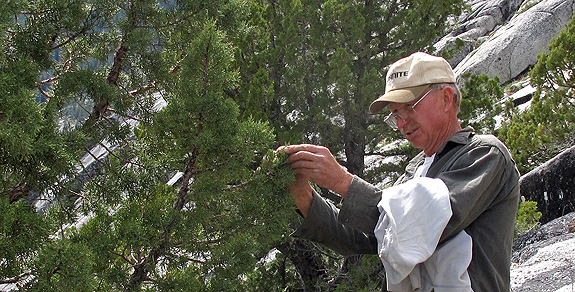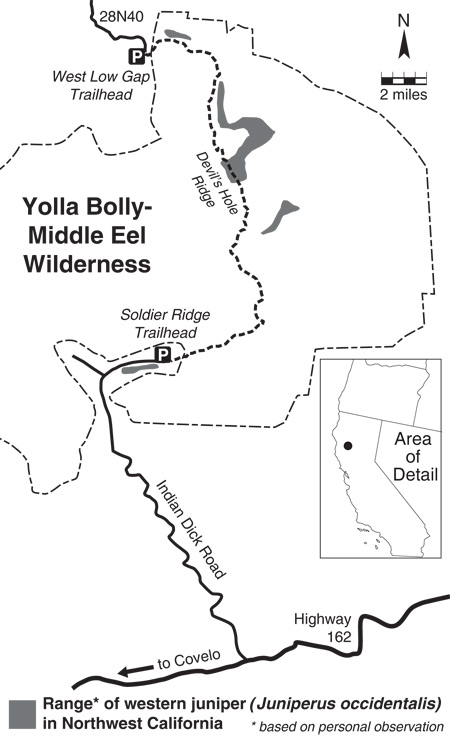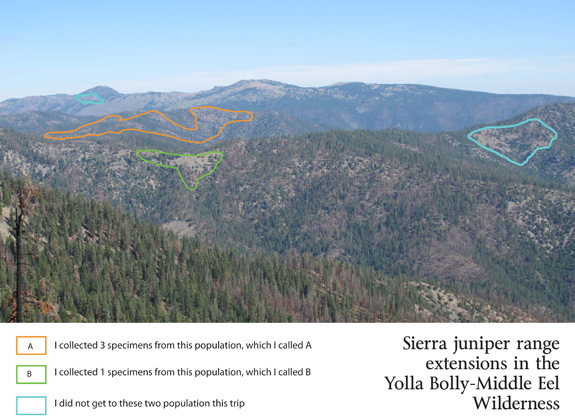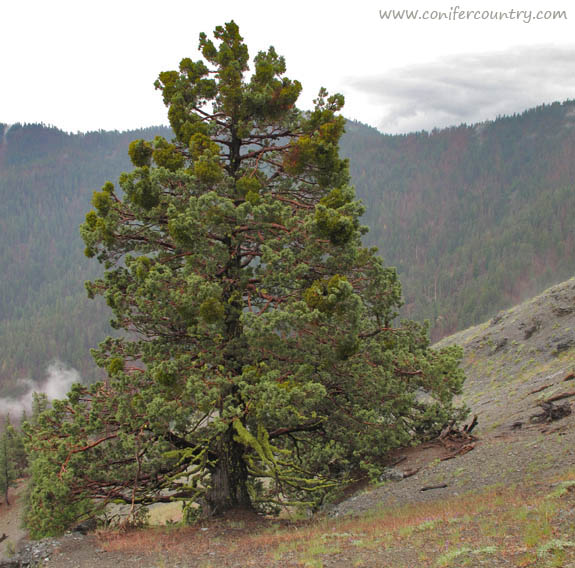pərmyo͝oˈtāSH(ə)n
The action of changing the arrangement, especially the linear order, of a set of items (what came first, the conifer or the cone?)
Wandering Devil’s Hole Ridge, miles from anything human, the landscape shifts as quickly as the juncos dancing across the trail. Walkabouts bring a level of focus not found in civilization. Walking offers time to hypothesize about the world at a slower pace…How recently did the vegetation patterns I see come to be? When did the Ash-throated flycatcher arrive from its tropical winter-land? How did I find myself in this desolate, isolated place–seven years after I last visited–and so far from my family? Like the undulating contours on the ridgeline, I ponder my place in this dynamic world. Walking further I realize, while out of place, I am fortunate to be here with time to think.

Seeing the trees through the forests, the birds in those trees, and then this vast landscape through my astigmatized-wide-angle glasses; thoughts swirl through my mind. The first few hours allow time to come to terms with my isolation and my body’s age (I’m moving slower than when I was here in my 30’s). Slowly my mind settles into place, in the wilderness. I ponder plant migrations and vegetation patterns as a student of biogeography. A few miles later my mind drifts towards systems of order (and disorder) that are established out here. This is where true place-based interpretations begin to solidify: my understanding of wilderness and how I’ll never truly fit in among it. Then comes the delineation of rarity. I am a rare human here–among the trees, sky and soil–but this fanciful journey is for the rare plants of the Yolla Bolly-Middle Eel.




